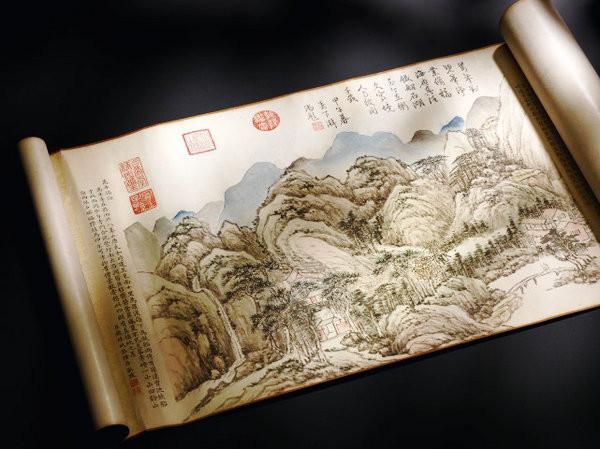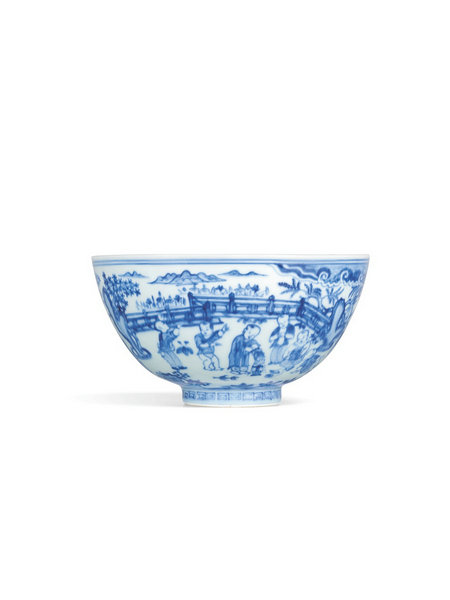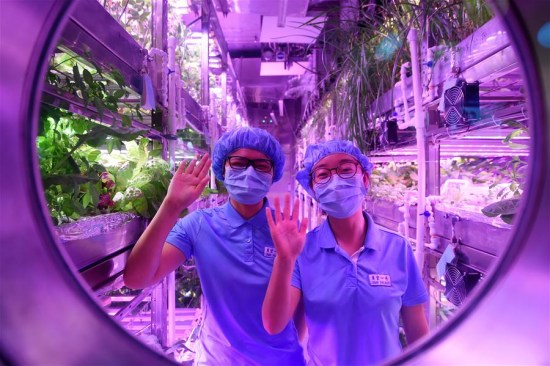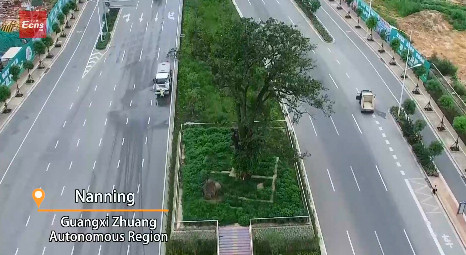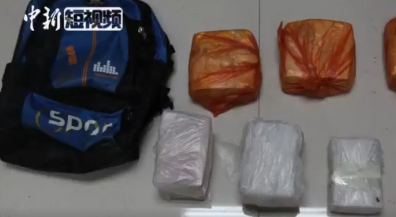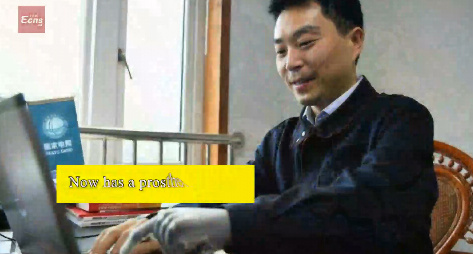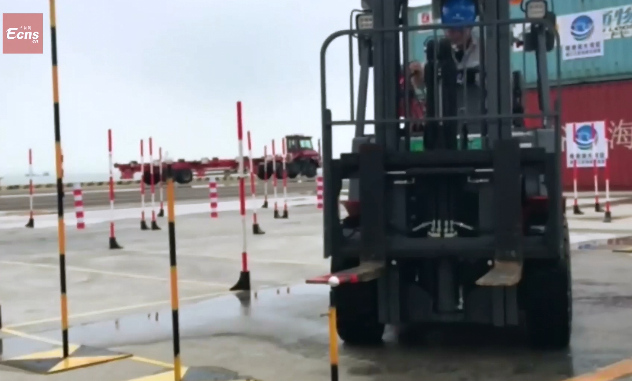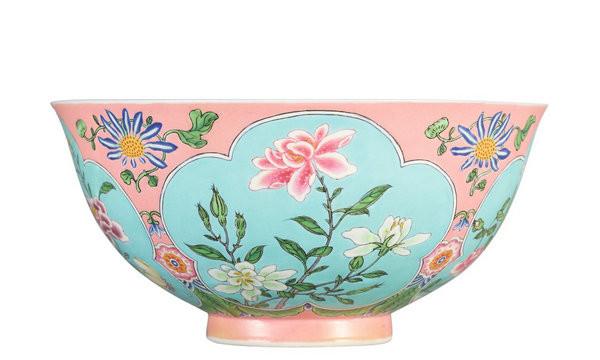
An 18th-century falangcai, or enameled porcelain bowl to be auctioned in Hong Kong. (Photo provided to China Daily)
The three consecutive emperors of Qing Dynasty (1644-1911), Kangxi, his son Yongzheng and grandson Qianlong, were known as keen art patrons and connoisseurs who through decades built an imperial assemblage of immensity in categories and sophistication in quality. Objects that they once personally appreciated often trigger bidding races when they appear at auctions now.
Two such works of art dating to the 18th century will be auctioned on April 3 in Hong Kong.
One is an falangcai, or enameled porcelain bowl produced at imperial workshops, under the watchful eyes of Emperor Kangxi, in the late 1710s and early 1720s.
It will go under the hammer during Sotheby's major spring sales.
Fanglangcai refers to the porcelain items made using the enameling technique imported from the West in the 17th century. Nicolas Chow, the chairman of Sotheby's Asia, tells China Daily that "falangcai objects represent the last major development in the long and rich history of Chinese ceramics in China".






